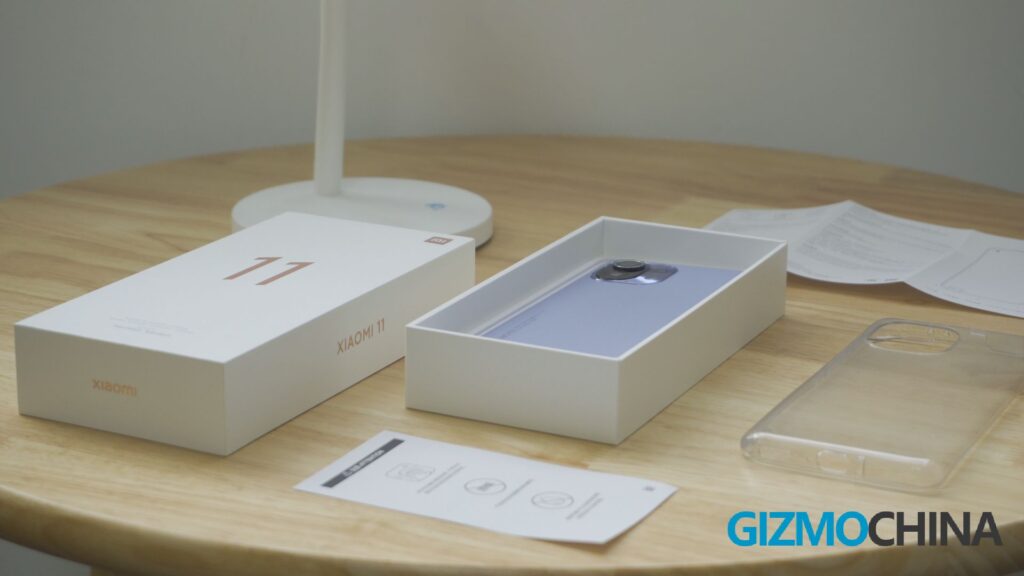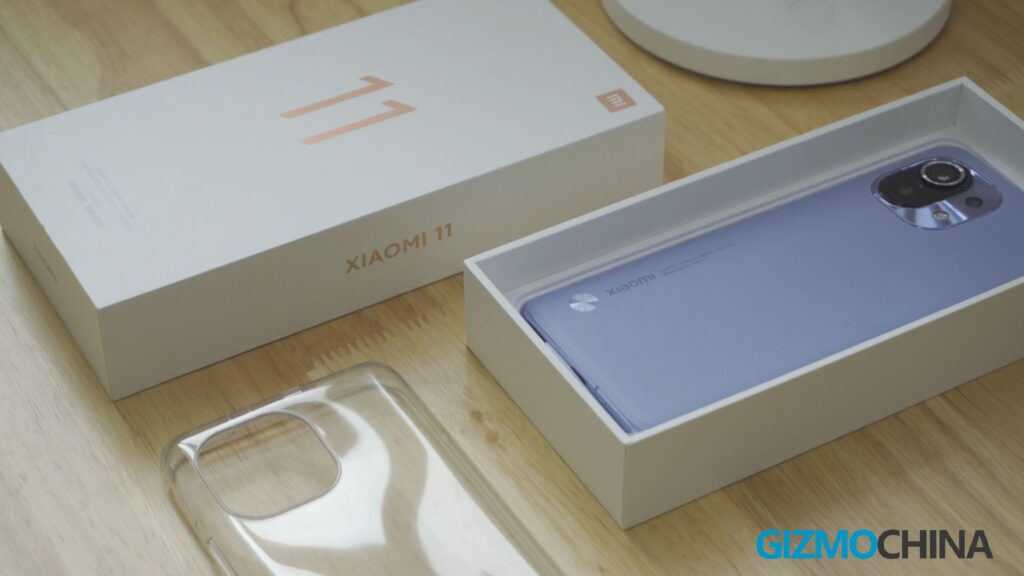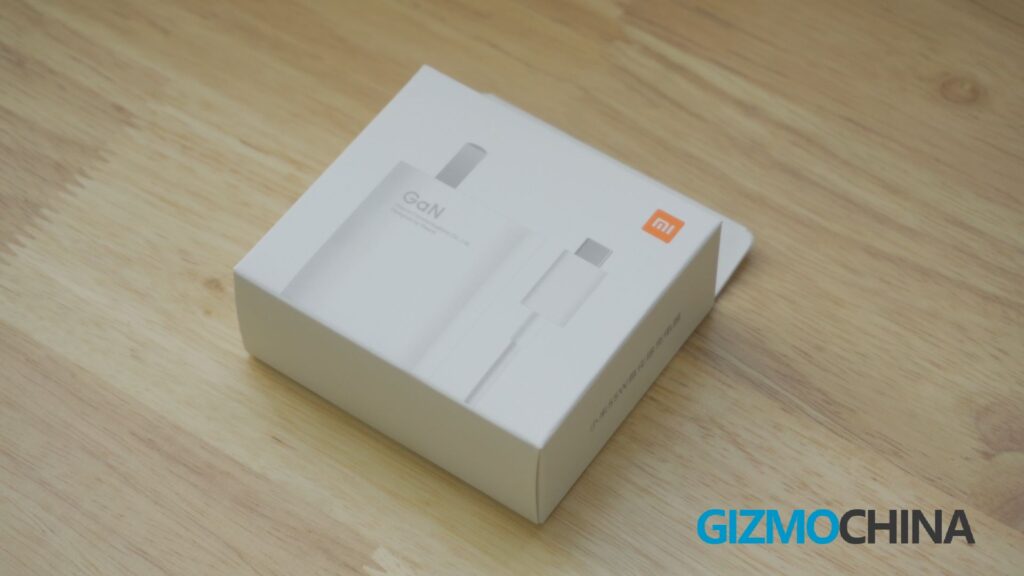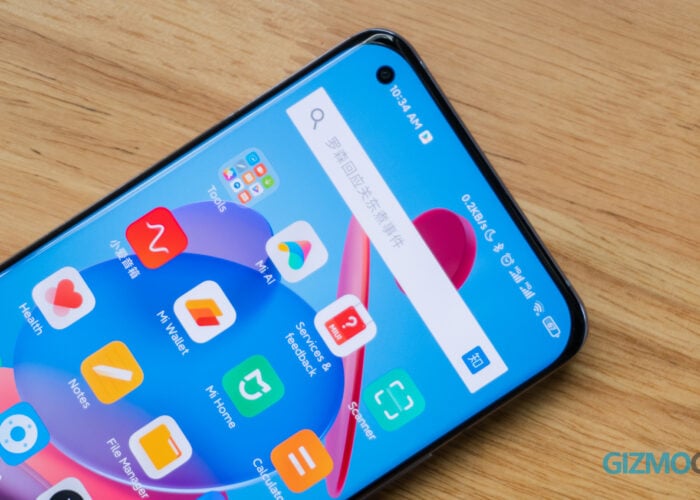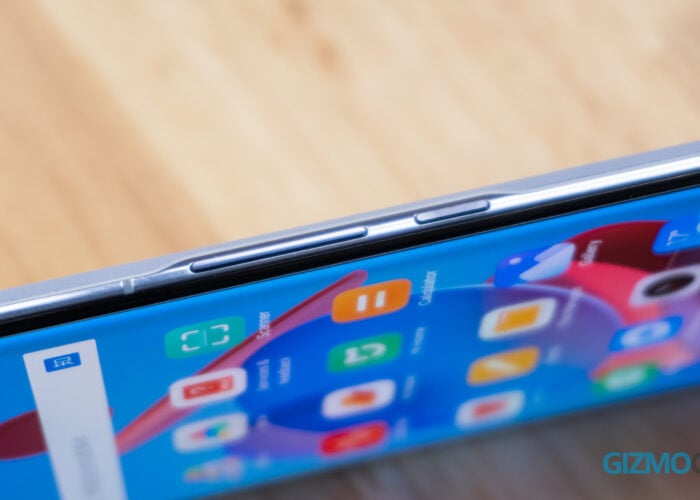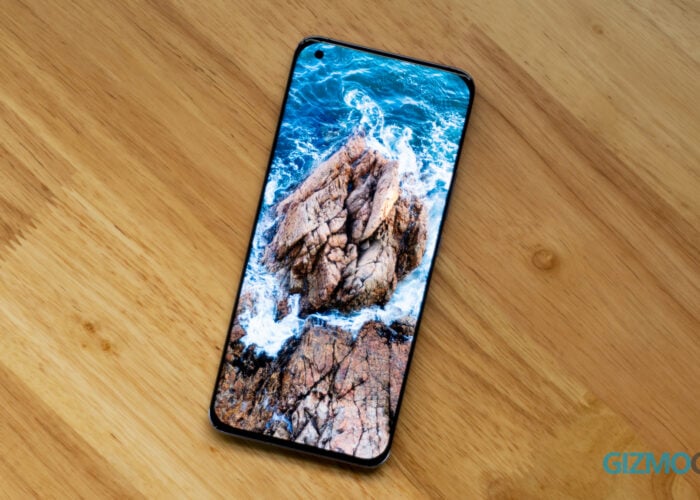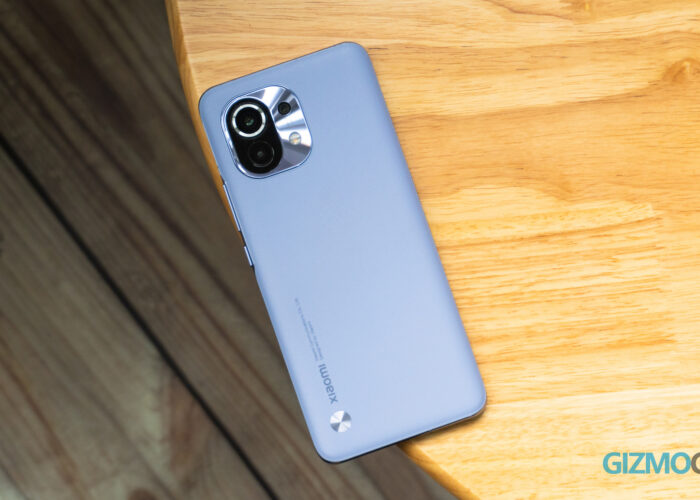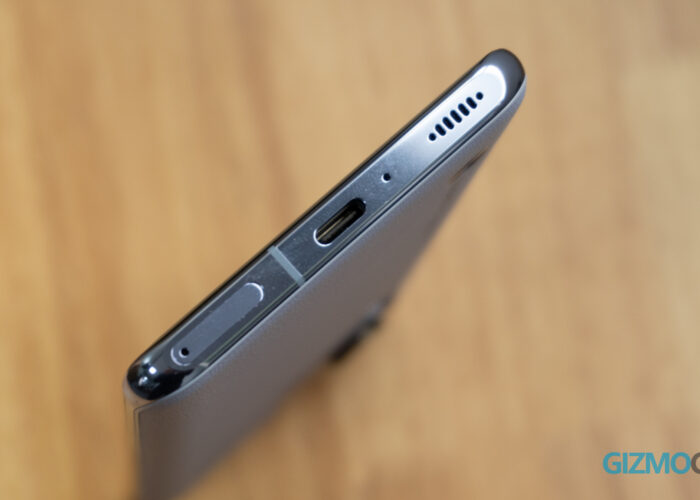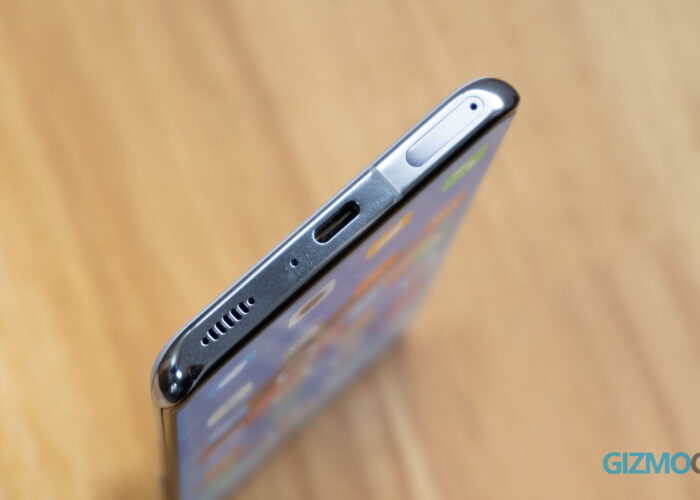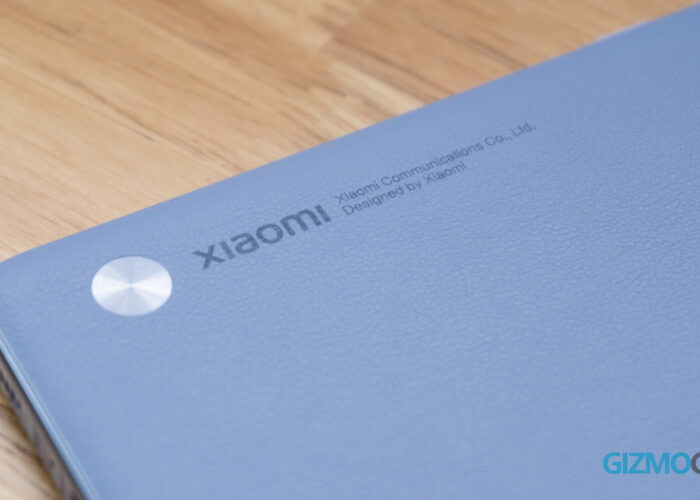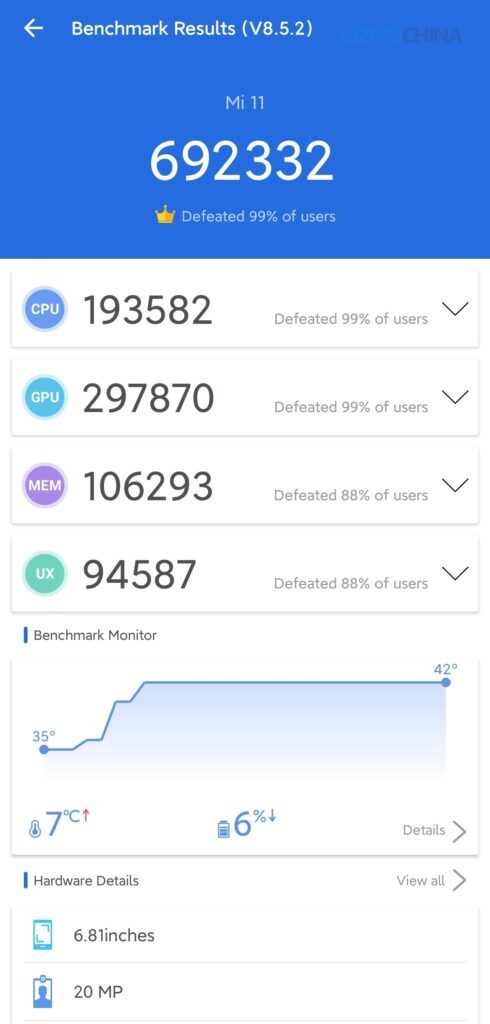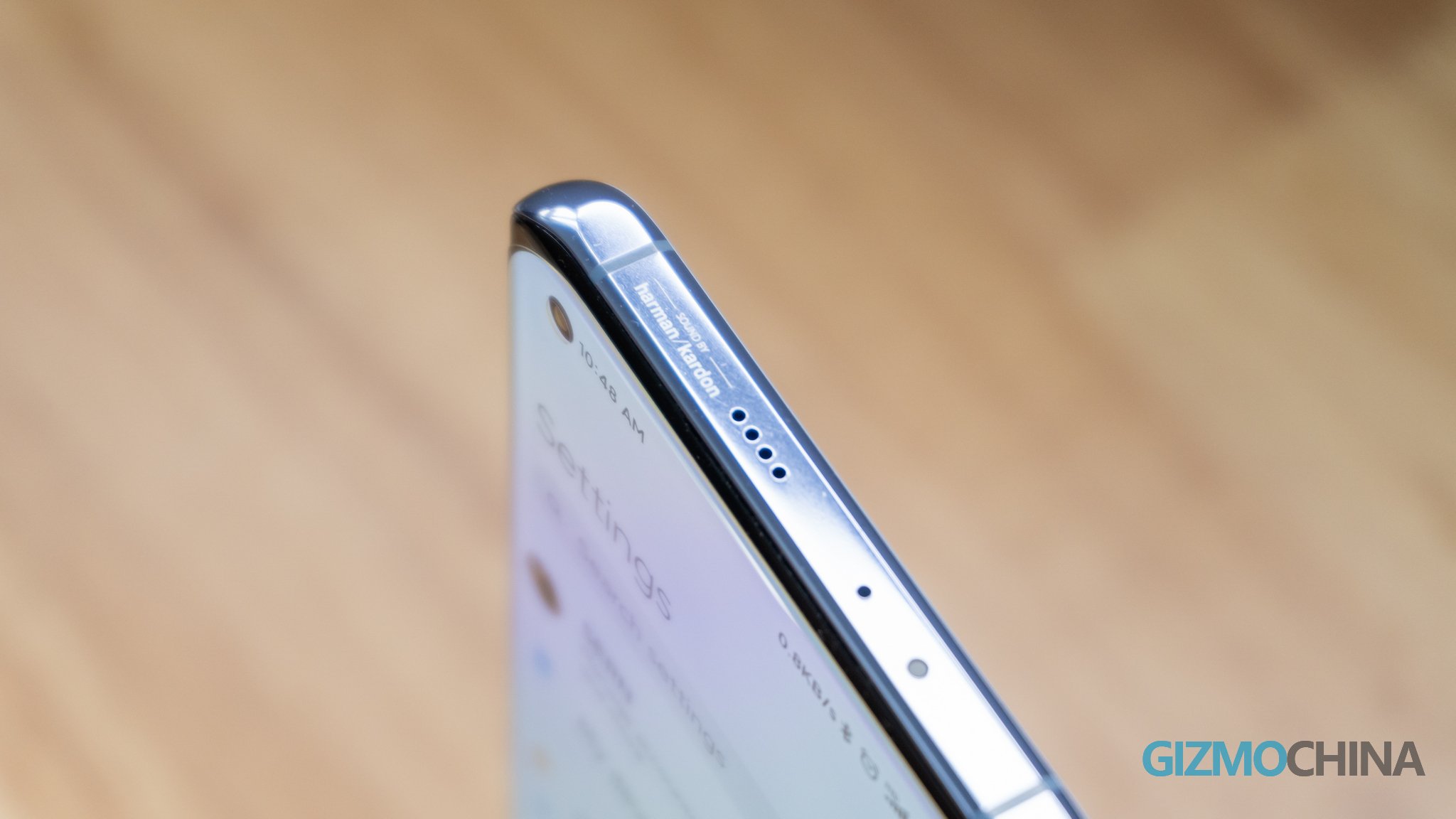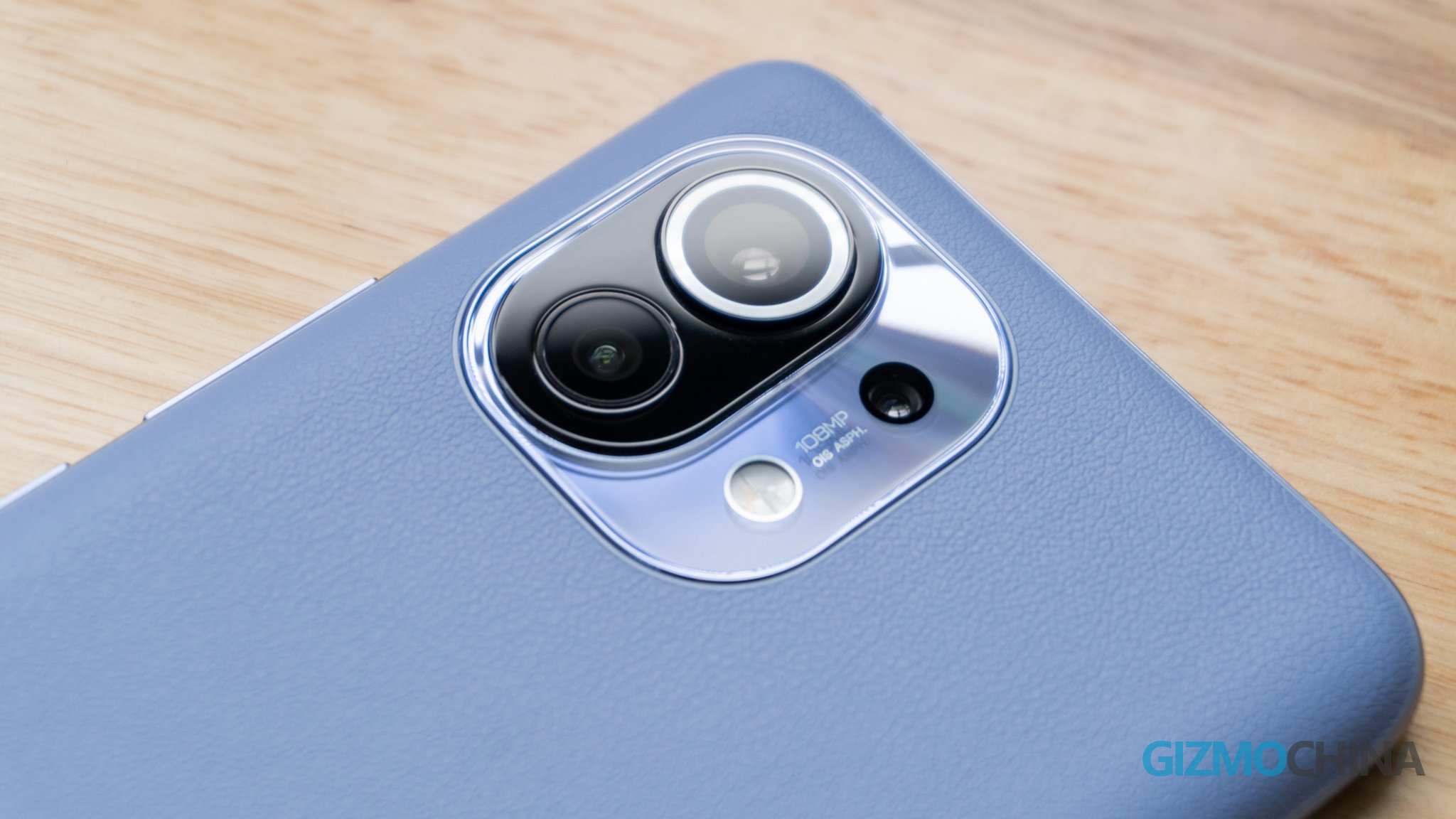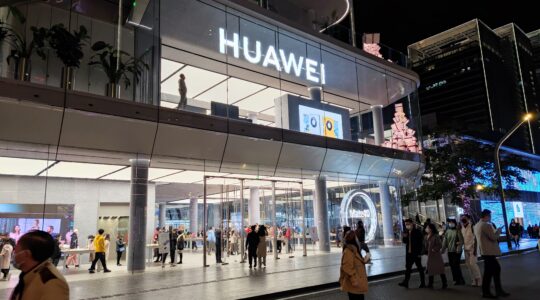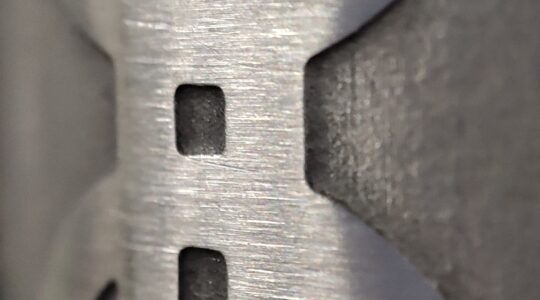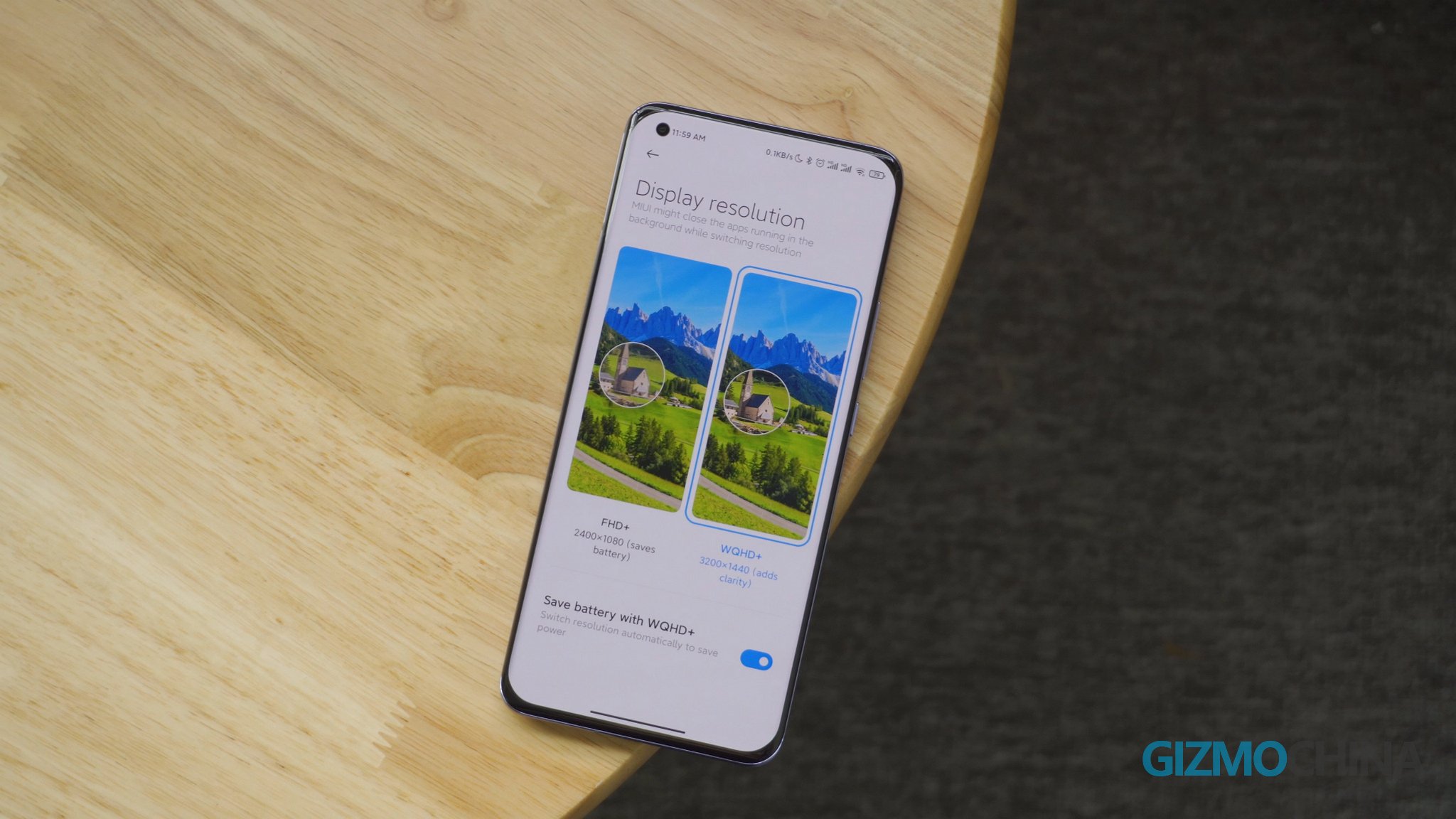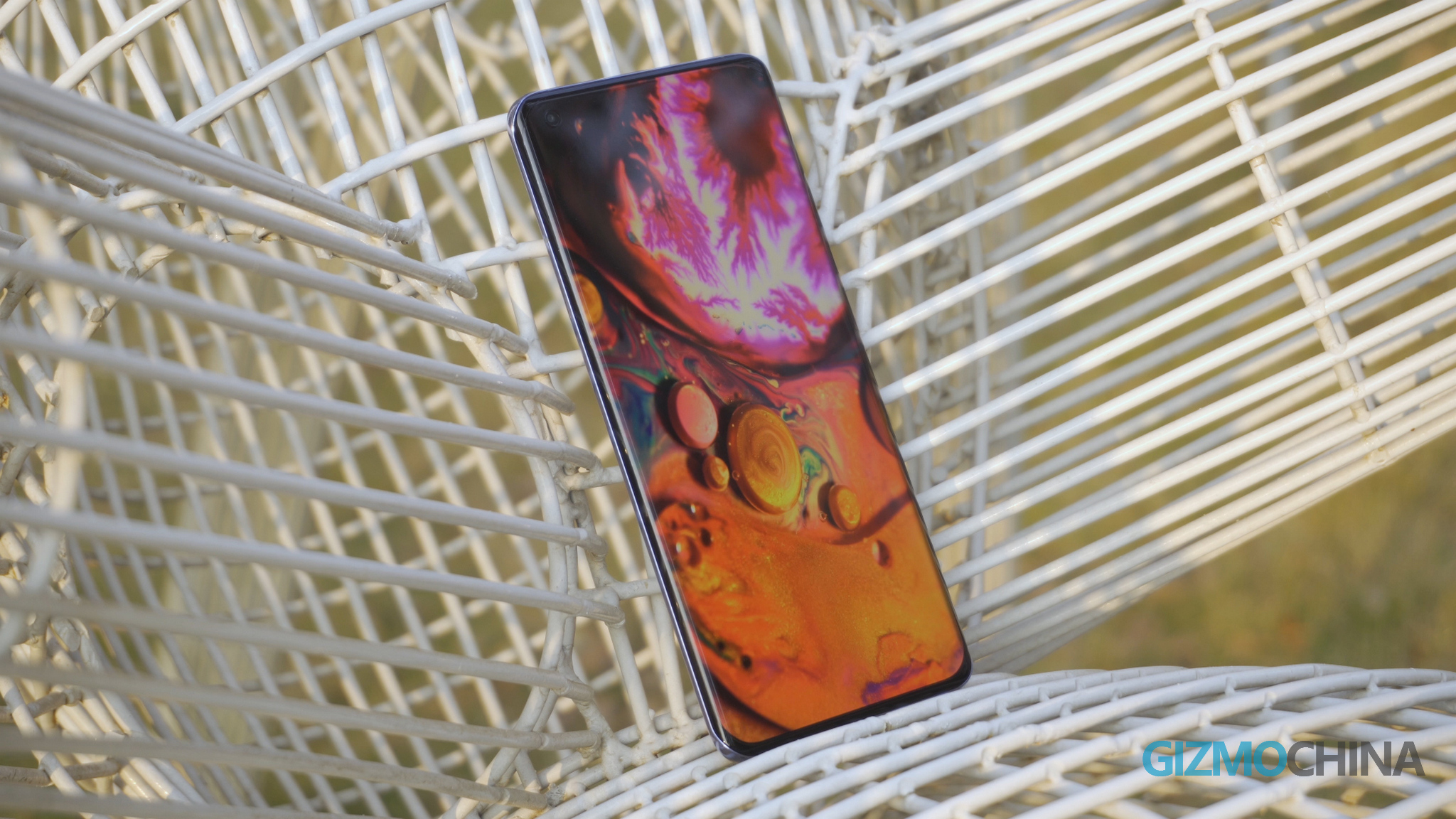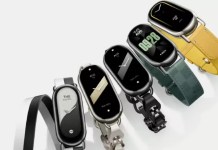Xiaomi launched its Mi series flagship, the Xiaomi Mi 11 at an official event at the end of 2020. The event turned out to be quite a surprise, because instead of releasing a Pro version, Xiaomi decided to add a bunch of premium features inside its standard 3999 RMB flagship. So we were eager to get our hands on this device as soon as possible. And after using it for the past few days, this is our review of the Xiaomi Mi 11!
Xiaomi Mi 11 Review: Design
Just like Mi 10 series, the Xiaomi 11 was also relatively well-stocked right from the start. And we managed to get a unit for review in the first sale itself. The box was pretty thin and when we opened it, there was only a case, manual and the phone inside.
Yes, this confirms that Xiaomi no longer includes a charger in the box, not even the charging cable. But before you lose your composure, let me remind you that when you buy the Mi 11 online, you have two options — a standard version without the charger or the charging cable, or a set version that comes with a separate 55W GaN charger and charging cable. The price for both versions is exactly the same. This means, if you have a fast charger compatible with the Mi 11, you can simply get the box without the charger and do your bit to reduce ewaste. Since you have both options, unlike what Apple did with its iPhone 12 series (Samsung joining in soon too), this seems like a more practical and feasible approach from Xiaomi.
What we got with us is the Purple Leather version of the Mi 11. This is the first time Xiaomi is using leather on its flagship model and it feels good in the hand. It’s also not slippery — unlike the frosted glass variant. The vegan leather version is suitable for people who don’t like to carry a phone case.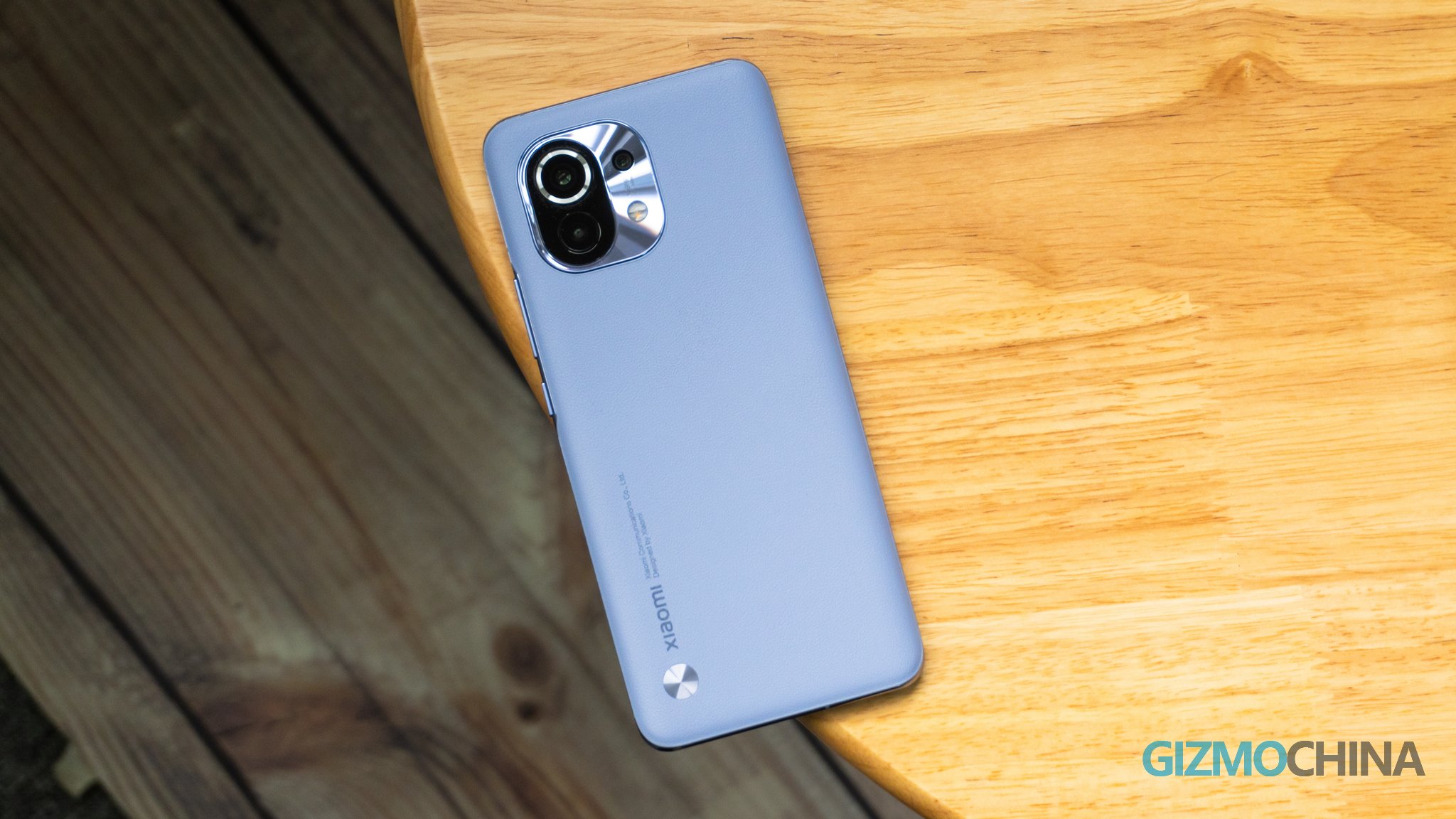
The phone weighs 194g. While this figure doesn’t seem particularly light, it is no longer top-heavy because the body is larger and the lens module size is reduced. The balanced weight distribution ensures that the phone doesn’t feel heavy. And if you are like me — switching from the 221g Mi 10 Ultra to the Mi 11, I’m sure your pinky finger will thank you! The Xiaomi logo has been removed and replaced with the letters Xiaomi. There’s also a large pin-shaped circular brushed metal decoration on the back that’s exclusive to the leather version. Moving on to the camera module, it has a rounded rectangular design. The lens has got black plating. Whether you like this design or not, you have to agree that the Mi 11 is much more unique and recognizable now. Compared to the Xiaomi 10, the back has been completely revamped. It has a better touch feeling, looks excellent, and is comfortable to hold. Overall, I’m pretty happy with the new design of the Xiaomi Mi 11.
Xiaomi Mi 11 Review: Display
The Mi 11 comes with a quad-curved, 2K resolution, 120Hz refresh rate, 480Hz touch sampling rate, Samsung AMOLED panel with Corning Gorilla Victus glass cover for the screen. This screen is supposed to be the biggest highlight of the new Xiaomi flagship. In terms of parameters alone, it should be the best in the market right now.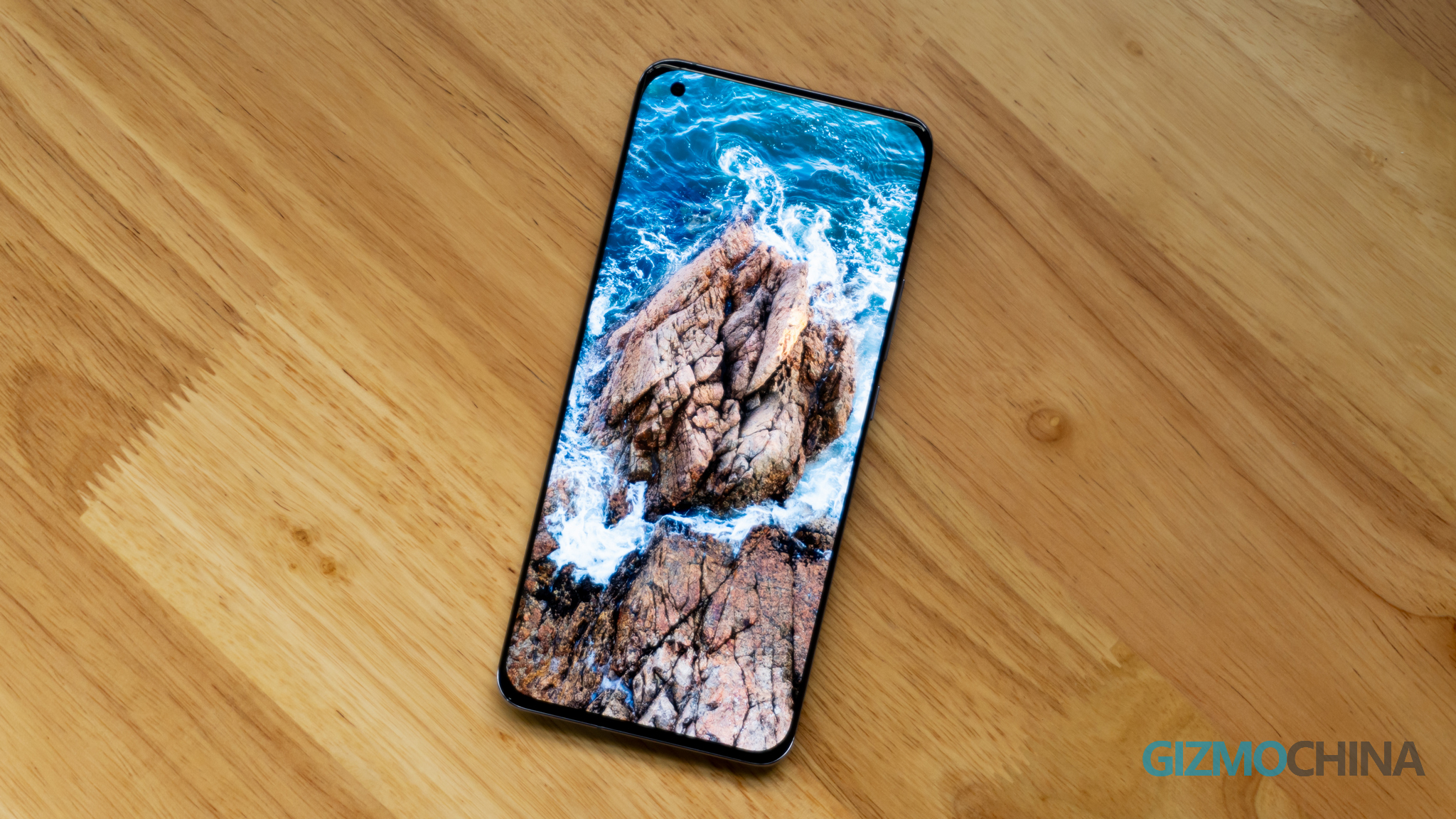
The experience I’ve had over the past few days can be summed up in just one word–fabulous! The DisplayMate A+ certified screen is unbeatable in terms of color accuracy and clarity. The maximum brightness of 1500 nits ensures that you can see the screen clearly under direct sunlight. And there’s MEMC, Super-resolution enhancement, and other premium features onboard. One thing I particularly like is that the quad-curved screen not only allows for smoother gestures but also avoids the green tint you get on certain curved panels.
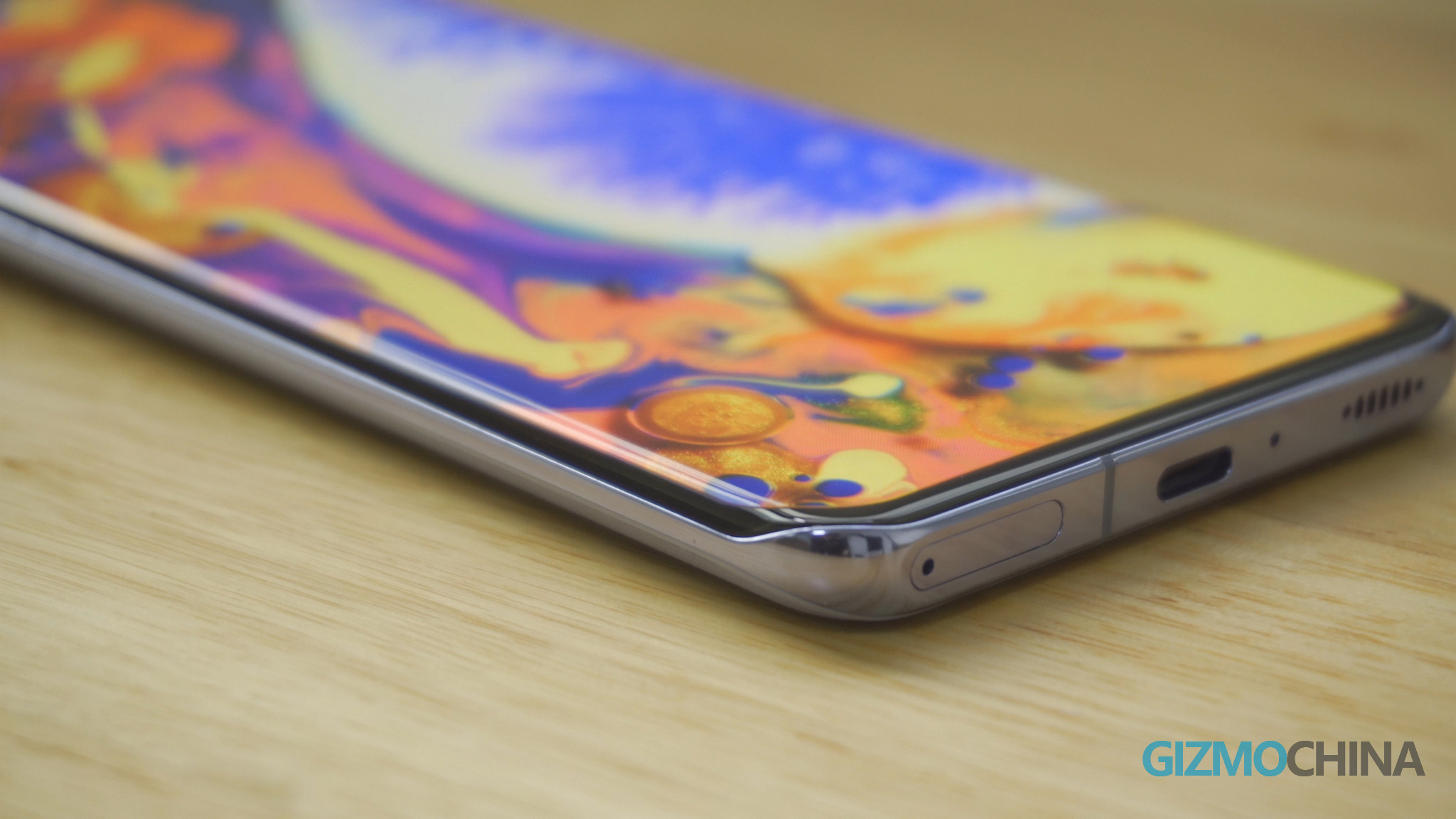 I have always felt that a design has to be both aesthetically pleasing as well as functional to be considered the best. All in all, this screen can’t be overhyped, it’s definitely one of the best AMOLED displays you can buy in 2021.
I have always felt that a design has to be both aesthetically pleasing as well as functional to be considered the best. All in all, this screen can’t be overhyped, it’s definitely one of the best AMOLED displays you can buy in 2021.
Xiaomi Mi 11 Review: Performance
Instead of 875, this year’s Snapdragon 8 series has been renamed the Snapdragon 888. 888 resonates with the Chinese word that stands for good luck and fortune. Let’s see if 888 can bring itself good luck. The usual rule is to look at the benchmark first.
In the AnTuTu Benchmark test, the chip scores 690,000 while it scores 5500 in 3DMark. These scores are basically the same as the Kirin 9000. From here you can basically see that the peak performance of both Chips is almost indistinguishable from each other.
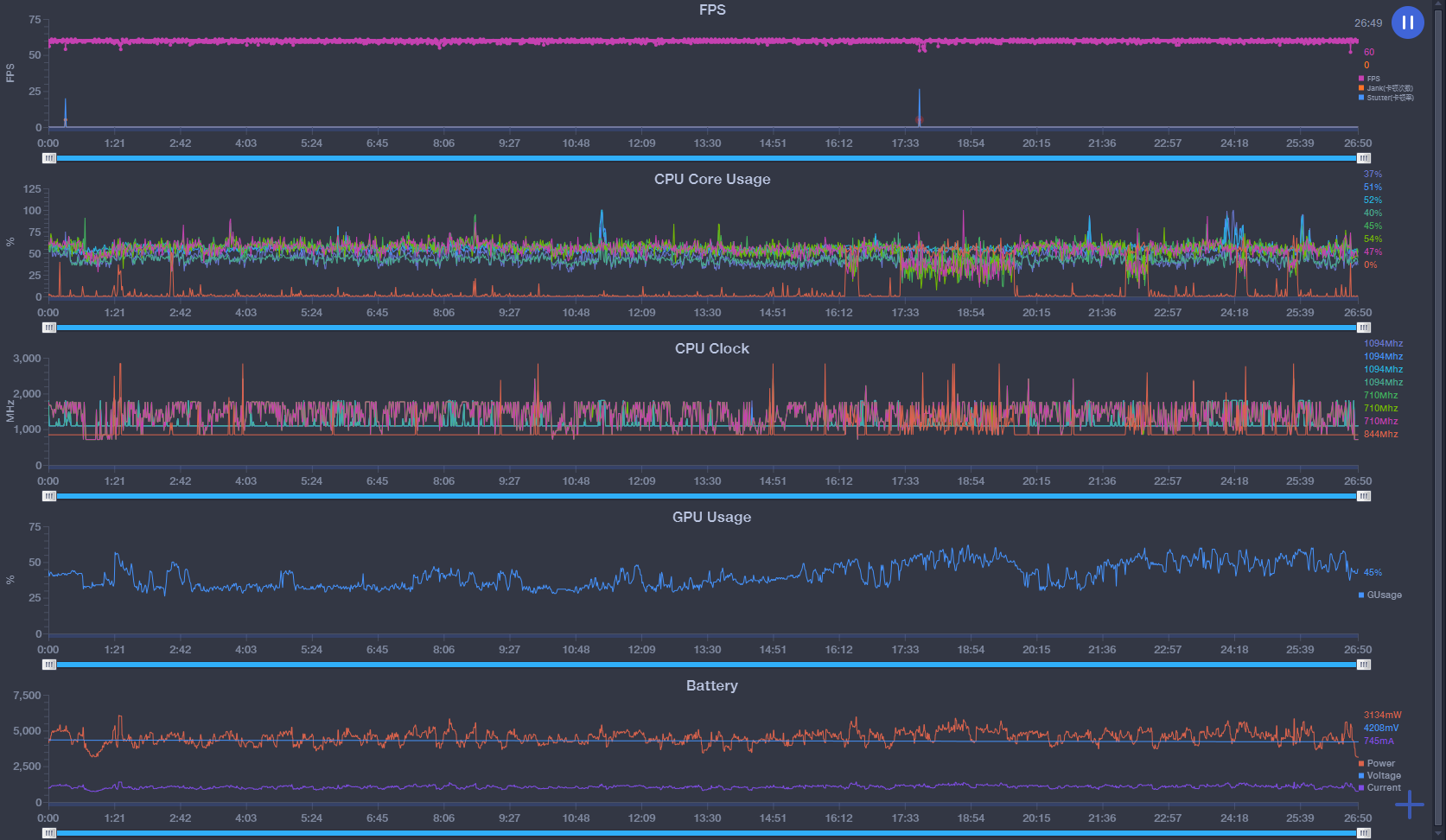
Now, let’s take a look at the game stress test. PUBG mobile with Ultra HD quality and Ultra frame rate ran at almost 40 fps. And the HDR quality Extreme frame rate also ran at almost 60 fps without any problem. In the Genshin Impact test, the performance was not so stable at the beginning, but it settled down in the second half of the test, coming close to 60 fps. The average frame rate was 52.6 fps.
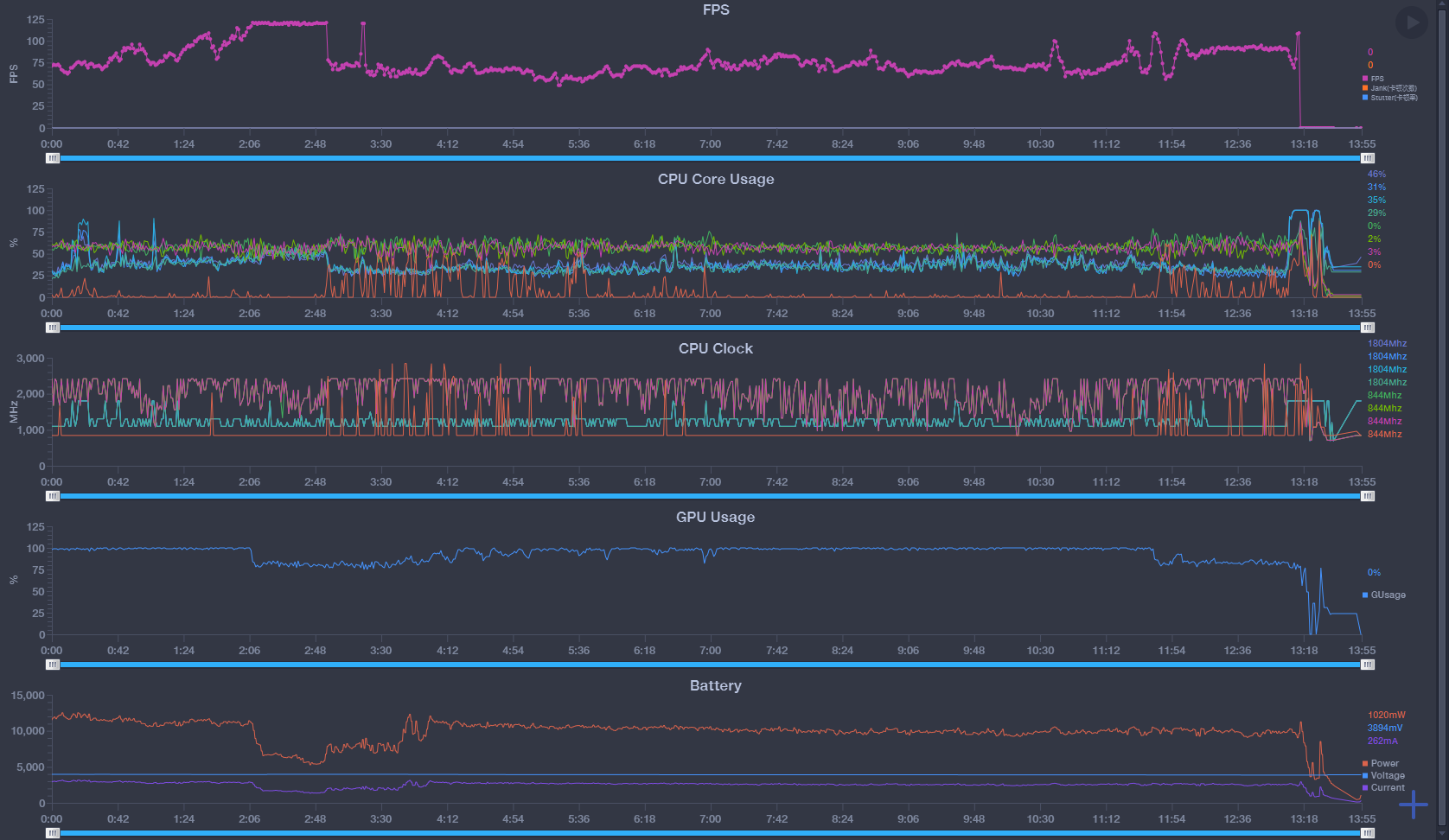
In BrightRidge, which focuses on GPU performance, Mi 11 got a good average frame rate of 77.3. It was obtained at the cost of heating though, and it can get really hot during long periods of high intensive gaming. Overall, the performance is very good, but the power consumption is also very high. Only the Kirin 9000 in the Mate40 series chooses to downclock the CPU when it gets too hot. On the other hand, Xiaomi’s Snapdragon 888 chooses a more aggressive strategy that allows it to keep the CPU running at its maximum strategy for a longer period of time at the cost of overheating.
This time Xiaomi, together with Harman Kardon, has tuned the dual speakers.
It’s important to note that the back cover vibrates more when you play via the speakers, and the vibrations are noticeable in the hand. I don’t know if this is because the back cover is softer.
Xiaomi Mi 11 Review: Camera Quality
The camera department on the Mi 11 has probably the smallest improvement over the Mi 10. The main camera is still the familiar 108MP, the ultra-wide-angle lens is still the familiar 13MP. The depth of field lens is removed and the normal macro lens is upgraded to a 50mm telephoto macro lens.
Also, we’ve got with us Xiaomi’s best camera phone, the Mi 10 Ultra. So let’s compare and see how the main camera performs. Please note that if you want a closer comparison with the Mi 10 Ultra, check out our review video added at the start of this Mi 11 review article.
Apart from a slightly smaller aperture, the Mi 11’s primary camera is almost identical to the one on the Mi 10. With plenty of light during the day, both capture excellent samples. But you need to examine closely to see the difference between them. The Mi 11’s sample has a larger resolution – its a 27MP photo after 108mp 4-in-1 pixel binning. Although the Mi 10 Ultra has the dual native ISO Fusion technology, the dynamic range advantage is not as pronounced.
With almost the same size CMOS sensor, the higher pixel count means the individual pixels are smaller. In relatively low light conditions, the Mi 11 has no advantage. But the results are surprising, as long as there is some light source, the Mi 11 does not lag much behind the 10 Ultra. Apart from the occasional cooler white balance and slightly inferior dynamic range, the Mi 11’s night shots are respectable.
The samples have excellent noise control and no significant disadvantages, whether the night mode is on or off. But the disadvantage of smaller individual pixel size is more apparent in very low light scenes. The image will be underexposed. But although the image will be underexposed, in my personal opinion, it’s not necessarily a good thing for night shots to look like daytime. Instead, it’s the slight underexposure like the Mi 11 that makes it look like a night shot. So I still feel the Mi 11’s primary camera is pretty good.
The ultra-wide-angle of the Mi 11 is slightly narrower than the Mi 10 Ultra’s 12mm, but this is also the same as the mainstream 16mm ultra-wide angle lens. Although the 10 ultra’s ultra wide-angle has more pixels than the Mi 11, it is hard to notice the improvement in resolution even when you zoom into the samples. Mi 11’s ultra wide-angle fixes the green tint issue and the white balance is more accurate at night. Night mode has also been added to the ultra-wide-angle mode. Apart from the difference in the field of view, the performance is the same as during the day, and even better in terms of perception due to the more accurate white balance.
The new telephoto macro lens is also an old friend of ours. The same setup as the Redmi K30 ultra. It is able to take macro photos at a slightly longer distance and is more useful than other regular macro lenses. When put to good use, you can take photos from unique angles.
In addition, MIUI has added some fun cinematic lens modes specifically for the Mi 11, such as one-touch Hitchcock zoom mode, night mode for video, and so on, which is still very friendly to novice videographers.
Xiaomi Mi 11 Review: Battery & Charging
For this 2k 120 Hz screen, Mi 11 is paired with a 4600 mAh battery. Most people will be concerned about whether battery life will be a problem on the device. We did test the phone with some performance-hungry games in our review. Playing Genshin Impact for half an hour consumed 18% of power while BrightRidge for 13 minutes consumed 12% of power. As you can see, the Mi 11’s battery efficiency is not outstanding. But playing mainstream games such as PUBG mobile at Ultra high quality and Ultra frame rate for 27 minutes only consumed 9%.
When we switched to HDR quality in extreme frame rate, this reduced to 11%. At maximum brightness Call of Duty mobile consumed 15% of the power in 37 minutes of gameplay. I think for moderate to heavy use every day, you’ll need about two charges a day, which I think is good for a phone with an outstanding 2k 120Hz screen.
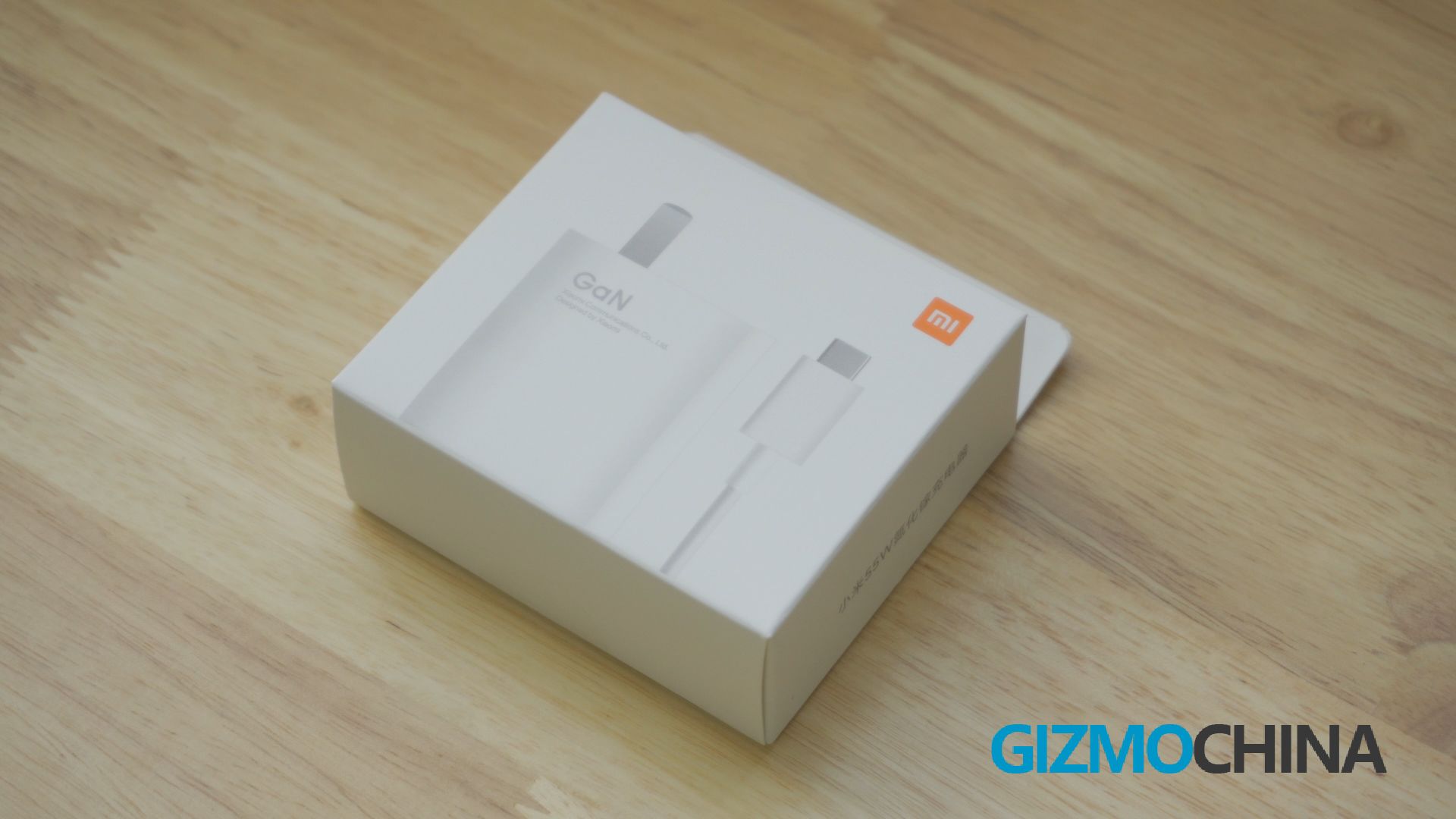
While battery life isn’t great, it charges quickly. The 55w wired and 50w wireless charging combo is pretty top notch. Charging with the 55w GaN Charger, it charges to 43 in 10 minutes, 95 in half an hour, and takes just 40 minutes to fill up to 100%. If you are interested in wireless charging, you can get Xiaomi’s 50W air-cooled wireless charging dock. The charging speed is almost identical to wired charging.
So after seeing our review, are you excited about the Mi 11? What I can tell you is that I’m very excited. You can get probably the best AMOLED display of the year for just 3999RMB (~$620), and that alone makes the Mi 11 worth it for me. If you don’t care that it doesn’t have a telephoto lens, it’s pretty much the best phone to buy at this price. The better alternatives are more expensive, while the cheaper ones can’t match the Mi 11 in terms of features.
What are your thoughts?


